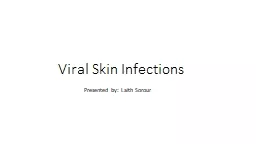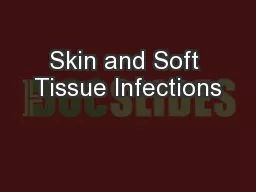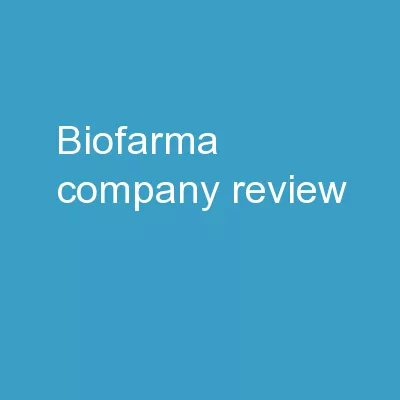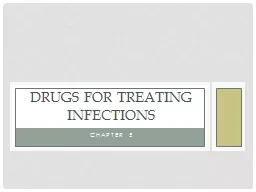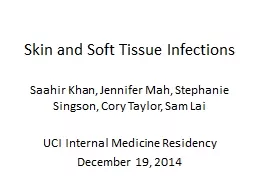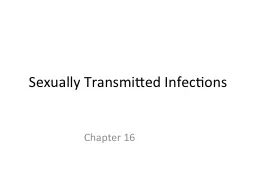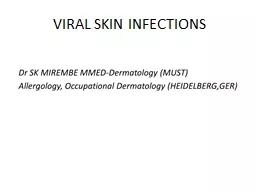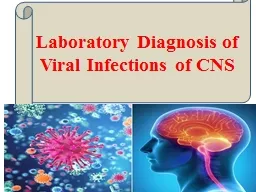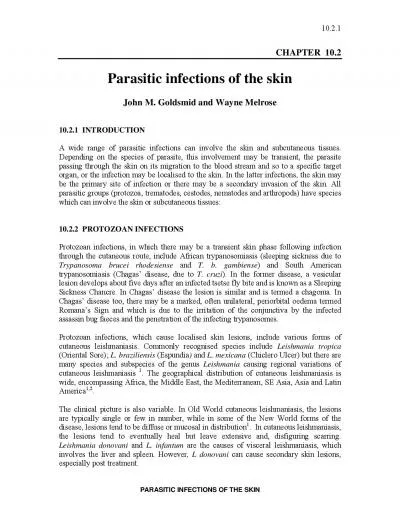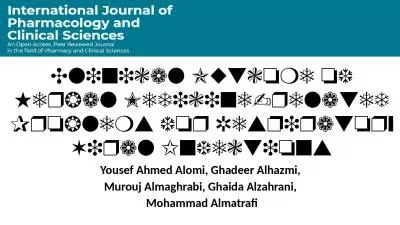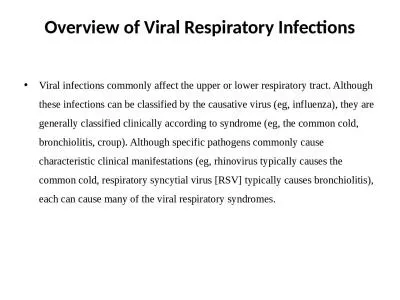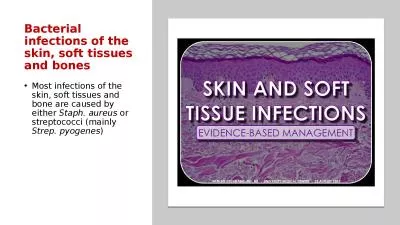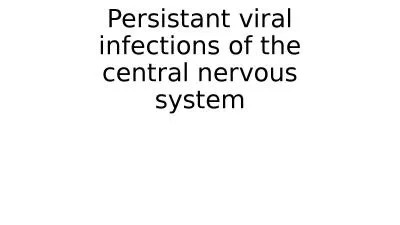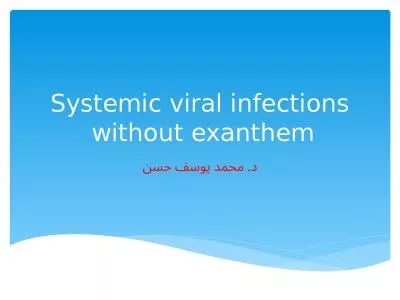PPT-Viral Skin Infections
Author : ZestyZenMaster | Published Date : 2022-08-03
Presented by Laith Sorour Herpes Simplex Virus Herpesvirus hominis is the cause The virus is ubiquitous and carriers continue to shed virus particles in their
Presentation Embed Code
Download Presentation
Download Presentation The PPT/PDF document "Viral Skin Infections" is the property of its rightful owner. Permission is granted to download and print the materials on this website for personal, non-commercial use only, and to display it on your personal computer provided you do not modify the materials and that you retain all copyright notices contained in the materials. By downloading content from our website, you accept the terms of this agreement.
Viral Skin Infections: Transcript
Download Rules Of Document
"Viral Skin Infections"The content belongs to its owner. You may download and print it for personal use, without modification, and keep all copyright notices. By downloading, you agree to these terms.
Related Documents

